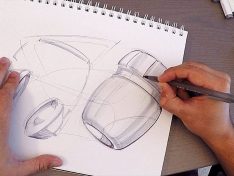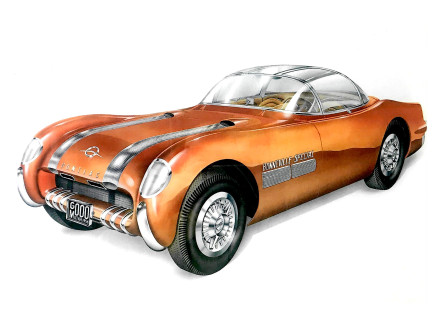Since the reveal of its LF-Gh concept car in 2011 – the precursor to today’s GS saloon – Lexus has forged a strong new identity with its spindle grille design, an element that’s quickly become a key styling feature, synonymous with the brand.
Back in 2012, Automotive News reported a comment by Yo Hiruta, global design chief for Toyota Motor Corp.’s Lexus Division: “Customers want stronger character, a stronger expression of the premium brand. We decided to use the grille in that more powerful way. […] This a very, very important turning point.”
In a more recent interview with Autocar, Lexus’s chief designer Yasuo Kajino explained: “We have a challenge. Lexus is a young brand and our line-up is still very small compared to those of our rivals. We need to get noticed, and the way to do that is strong design.”
As a distinctive and prominent design element, the spindle grille has raised a controversial reaction over time.
Commenting these feedbacks, Lexus Enthusiast reported a comment by former Lexus Global general manager Karl Schlicht: “…it’s good there are people that don’t like our design – because good design will split opinion, and it will make you love something instead of just being OK with it.”
Below you can find Lexus’ official document on the genesis and aesthetic evolution of the spindle grille.
From the official Press Release:
Far from being a simple bolt-on solution to giving a car a more individual look, it is an integral element in a sharper, edgier and more distinctive styling that is being applied to all new Lexus models, most recently witnessed in the new NX compact premium crossover.

“It may look aggressive at first glance, that’s intentional, but it also conveys its boldness with sophistication and elegance. These sentiments reflect how Lexus is evolving.”

In all its applications, from the new CT 200h hatchback to the RX SUV and LS limousine, the spindle grille provides an anchor point from which much of a car’s visual impact is created, as in the lines of the hood, the arrangement of the headlamps and daytime running lights, the depth of the front bumper and the sculpting of the front wings.

The frontal treatment of the original Lexus CT 200h generated a basic shape that subsequently brought about the spindle design, a breakthrough credited to Katsuhiko Inatomi, who led the GS’s design team.
He first joined together the upper and lower grilles in a single unit, with a central pinch-point that creates the spindle effect.
In successive concepts and production models, Lexus has adapted the basic spindle design to express different qualities appropriate to each vehicle, for example by adjusting the level of the pinch-point up or down; using different mesh designs and finishes for the grille surround; and giving the grille more depth by projecting the pinch point further forward, as in the case of the forthcoming RC F performance coupe.
(Source: Lexus)




 share on Buffer
share on Buffer











Comments